Home>Dining>Tableware>What Is The Safest Material For Dinnerware?
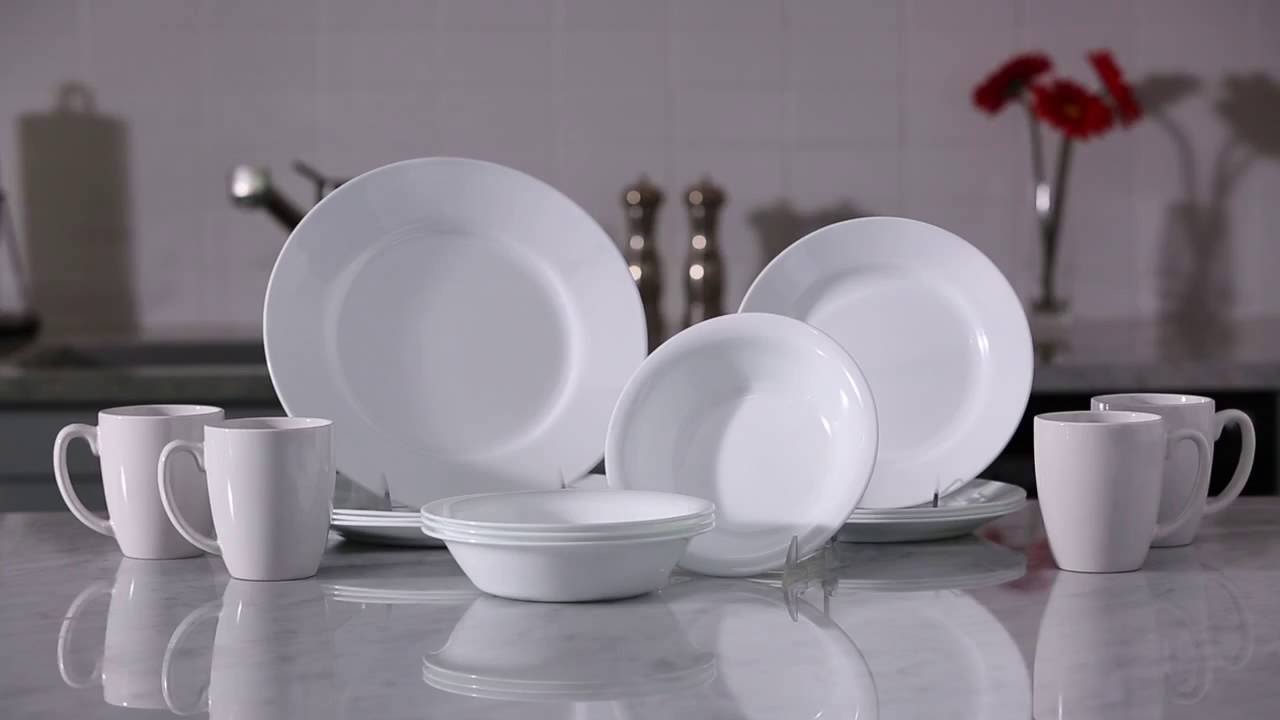

Tableware
What Is The Safest Material For Dinnerware?
Modified: January 9, 2024
Looking for the safest material for your dinnerware? Discover the best options for your tableware and ensure a healthy dining experience.
(Many of the links in this article redirect to a specific reviewed product. Your purchase of these products through affiliate links helps to generate commission for Storables.com, at no extra cost. Learn more)
Introduction
When it comes to selecting the perfect dinnerware for your table, there are several factors to consider. One of the most important factors is the safety of the materials used. The material of your dinnerware can have an impact on not only the aesthetics but also the functionality and safety of your tableware.
In this article, we will explore different types of dinnerware materials and discuss their safety considerations. By understanding the characteristics of each material, you can make an informed decision and choose the safest dinnerware for your home.
Whether you’re hosting a casual family dinner or planning a special gathering, your dinnerware should be not only visually appealing but also safe for use. Let’s dive into the world of tableware materials and find out which one is the safest for your needs.
Key Takeaways:
- Choose dinnerware labeled as “lead-free” or “cadmium-free” to ensure the safety of ceramic options like earthenware and stoneware. Regularly inspect for damage to maintain a safe dining experience.
- Opt for glass, stainless steel, or bamboo dinnerware for safe and stylish options. Follow proper care instructions and handle with care to enjoy your meals with peace of mind.
Read more: What Is Dinnerware?
Ceramic Dinnerware
Ceramic dinnerware is a popular choice for many households due to its versatility and durability. It is made from clay that is kiln-fired at high temperatures, resulting in a hard and non-porous surface. Ceramic dinnerware can be further categorized into two types: earthenware and stoneware.
Earthenware is the more traditional form of ceramic dinnerware. It is made from clay that is fired at a lower temperature, which gives it a more rustic and delicate appearance. While earthenware can be beautiful and affordable, it is not as durable as other types of ceramic dinnerware. It is more prone to chipping and may not be microwave or dishwasher safe.
On the other hand, stoneware is a stronger and more durable type of ceramic dinnerware. It is fired at a higher temperature, making it less porous and more resistant to scratches and chips. Stoneware can withstand higher temperatures and is generally safe for use in the microwave, oven, and dishwasher.
When it comes to safety, ceramic dinnerware is generally considered safe for regular use. However, it is important to ensure that the glazes used on the ceramic are free from toxic substances like lead and cadmium. Look for dinnerware that is labeled as “lead-free” or “cadmium-free” to guarantee their safety.
Additionally, it is recommended to avoid using ceramic dinnerware with cracked or chipped surfaces, as bacteria can accumulate in those areas. Regularly inspect your ceramic dinnerware for any damage and replace them if necessary to maintain a safe dining experience.
In summary, ceramic dinnerware is a popular choice due to its versatility and durability. Whether you opt for earthenware or stoneware, make sure to choose dinnerware that is free from toxic substances and inspect them regularly for any damage. By doing so, you can enjoy your meals with peace of mind knowing that your ceramic dinnerware is safe for use.
Glass Dinnerware
Glass dinnerware is a classic and elegant choice for any table setting. It is made from a combination of silica sand, soda ash, and other additives, which are melted together at high temperatures to create solid glass objects.
Glass dinnerware is highly durable, resistant to scratches, and is generally dishwasher safe. It is also non-porous, which means that it does not absorb food odors or flavors, making it a hygienic option. Glass dinnerware is also transparent, allowing the natural colors and textures of your food to shine through.
When it comes to safety, glass dinnerware is considered one of the safest choices. Unlike some ceramic dinnerware, glass does not contain any harmful substances like lead or cadmium. It is non-toxic and does not release any chemicals into your food, even when exposed to high temperatures.
One important consideration when using glass dinnerware is its fragility. Glass can break or shatter if dropped or exposed to sudden temperature changes. It is important to handle glass dinnerware with care and avoid drastic temperature changes, such as transferring it from the freezer directly to the oven.
In recent years, there has been an increase in tempered glass dinnerware options. Tempered glass is treated with a special heating process that makes it more resistant to breakage. It is designed to break into small, rounded pieces instead of sharp shards, reducing the risk of injury. Tempered glass dinnerware is a great option if you have concerns about breakage.
Overall, glass dinnerware is a safe and elegant choice for your table. It offers durability, easy maintenance, and does not pose any health risks. Just remember to handle it with care and avoid sudden temperature changes to ensure its longevity.
Stainless Steel Dinnerware
Stainless steel dinnerware is known for its modern and sleek appearance, making it a popular choice for both casual and formal table settings. It is made from a combination of iron, carbon, and other materials like chromium and nickel, which gives it its distinctive properties.
One of the main advantages of stainless steel dinnerware is its durability. It is resistant to corrosion, rust, and stains, making it long-lasting and suitable for everyday use. Stainless steel is also non-porous, which means that it does not absorb odors or flavors from the food. This makes it a hygienic option for your dining needs.
From a safety standpoint, stainless steel dinnerware is considered to be very safe. It is a non-toxic and non-reactive material, which means that it does not leach any harmful substances into your food. It is also resistant to heat, making it suitable for use in the oven or on the stovetop.
One thing to keep in mind when using stainless steel dinnerware is that it can become hot when exposed to high temperatures. It is important to use oven mitts or heat-resistant gloves when handling stainless steel plates or bowls that have been in the oven or on the stovetop.
Another consideration when choosing stainless steel dinnerware is the grade of stainless steel used. The most common type of stainless steel used in dinnerware is 18/10 stainless steel, which contains 18% chromium and 10% nickel. This composition provides excellent corrosion resistance and durability. However, some people may have nickel allergies and should opt for dinnerware made from nickel-free stainless steel.
Overall, stainless steel dinnerware is a safe and stylish option for your table. It offers durability, hygiene, and is resistant to corrosion. Just be cautious when handling hot stainless steel items and consider your personal preferences and potential allergies when choosing the grade of stainless steel for your dinnerware.
Bamboo Dinnerware
Bamboo dinnerware has gained popularity in recent years as a sustainable and eco-friendly alternative to traditional dinnerware materials. It is made from bamboo fibers that are combined with other natural ingredients, such as cornstarch and resin, to create a durable and biodegradable dinnerware option.
One of the primary advantages of bamboo dinnerware is its eco-friendly nature. Bamboo is a highly renewable resource that grows quickly and requires minimal water and pesticides to cultivate. Choosing bamboo dinnerware helps reduce the demand for plastic and other non-biodegradable materials.
In terms of safety, bamboo dinnerware is generally considered safe for regular use. It does not contain harmful substances like BPA, phthalates, or lead that can leach into your food. However, it is essential to choose bamboo dinnerware that is certified food-safe and free from any chemical coatings or additives.
It is important to note that while bamboo dinnerware is durable, it is more prone to scratches and may not be suitable for cutting with sharp utensils. Additionally, bamboo dinnerware may not be microwave or dishwasher safe. Check the manufacturer’s instructions for proper care and handling.
An additional advantage of bamboo dinnerware is its lightweight nature, making it ideal for outdoor dining, picnics, or camping. It is also available in various designs and colors, adding a touch of natural beauty to your table.
When it comes to maintenance, bamboo dinnerware is relatively easy to clean. Simply handwash with warm soapy water and dry thoroughly. Avoid soaking bamboo dinnerware for extended periods as it can lead to warping or splintering.
Ultimately, bamboo dinnerware provides a sustainable and safe option for your table. Its eco-friendly attributes, lightweight nature, and natural beauty make it an attractive choice for those seeking to reduce their environmental impact. Just ensure you choose certified food-safe bamboo dinnerware and follow the proper care instructions to maintain its longevity.
When choosing dinnerware, look for materials that are non-toxic and free from harmful chemicals, such as porcelain, glass, or stainless steel. Avoid materials like melamine or plastic, which can leach toxins into food.
Read more: What Is Melamine Dinnerware?
Melamine Dinnerware
Melamine dinnerware is a popular choice for outdoor dining, picnics, and casual gatherings. It is made from a durable and heat-resistant plastic material called melamine resin. Melamine dinnerware is known for its lightweight nature, vibrant colors, and wide range of designs.
One of the main advantages of melamine dinnerware is its durability. It is resistant to chipping, cracking, and breaking, making it ideal for outdoor use and households with young children. Melamine dinnerware is also more affordable compared to other types of dinnerware materials.
When it comes to safety, melamine dinnerware has stirred some debate. In the past, there have been concerns about melamine resin, specifically regarding its potential to leach melamine into food at higher temperatures. Melamine is a chemical compound used in the production of melamine resin.
However, it is important to note that the risk of melamine leaching is minimal when using melamine dinnerware correctly. Melamine dinnerware is safe for serving cold and room temperature foods, such as salads, snacks, and desserts. It is not suitable for use in the microwave or oven, as exposure to high temperatures can increase the risk of melamine leaching.
To ensure the safety of melamine dinnerware, it is crucial to follow the manufacturer’s instructions for proper use and care. Avoid using melamine dinnerware for hot foods or placing it in the microwave, as this can lead to potential health risks.
Another consideration with melamine dinnerware is its potential for scratching and staining. While melamine is durable, it is not scratch-proof, and harsh abrasive cleaners should be avoided to prevent damage. Additionally, prolonged exposure to acidic foods, like tomato-based sauces, may cause discoloration or stains on melamine dinnerware.
In summary, melamine dinnerware is a durable and affordable option for casual dining and outdoor gatherings. When used correctly and for appropriate food items, it is considered safe to use. Just be cautious not to expose it to high temperatures, avoid abrasive cleaners, and follow care instructions provided by the manufacturer. By doing so, you can enjoy the convenience and vibrant aesthetics of melamine dinnerware with peace of mind.
Porcelain Dinnerware
Porcelain dinnerware is renowned for its elegance, delicate appearance, and timeless appeal. It is a type of ceramic dinnerware that is made from fine clay and fired at high temperatures. The result is a smooth and durable material that is widely used in both formal and casual dining settings.
One of the key advantages of porcelain dinnerware is its strength and durability. Porcelain is fired at higher temperatures than other types of ceramic, making it less porous and more resistant to chipping, scratching, and staining. It can withstand high temperatures, making it safe for use in the oven, microwave, and dishwasher.
When it comes to safety, porcelain dinnerware is generally considered to be safe for regular use. It is a non-toxic and non-reactive material, meaning it does not leach any harmful substances into your food. However, it is important to ensure that the glazes used on the porcelain are free from toxic substances like lead and cadmium.
Porcelain dinnerware is known for its versatility. It is available in a wide range of designs, from classic and traditional to modern and contemporary. Whether you’re hosting a formal dinner party or enjoying a casual meal with family and friends, porcelain dinnerware is sure to elevate the dining experience.
However, it’s worth noting that porcelain dinnerware can be fragile. It is more prone to breaking if dropped or exposed to sudden temperature changes. It is important to handle porcelain dinnerware with care and avoid rapid temperature transitions, such as placing it directly from the freezer to the oven.
To maintain the beauty and longevity of porcelain dinnerware, it is recommended to handwash it with mild detergent and warm water. Avoid using harsh abrasive cleaners or scrub brushes that could potentially damage the delicate surface.
In summary, porcelain dinnerware offers elegance, durability, and safety for your table. With proper care and handling, it can withstand the test of time and serve as a beautiful centerpiece for your dining experiences. Choose porcelain dinnerware that is free from harmful substances and enjoy dining in style.
Wood Dinnerware
Wood dinnerware offers a unique and rustic charm to your table setting. It is made from various types of wood, such as bamboo, acacia, or olive wood. Wood dinnerware is admired for its natural beauty, eco-friendliness, and warm aesthetic.
One of the main advantages of wood dinnerware is its sustainability. Wood is a renewable resource and using wooden dinnerware helps reduce the reliance on non-biodegradable materials. Many wood dinnerware products are also handmade, adding a touch of craftsmanship and uniqueness to your dining experience.
From a safety standpoint, wood dinnerware is generally considered safe for use. Natural wood does not contain any harmful chemicals or toxins. However, it is important to choose wooden dinnerware that has been treated with food-safe finishes or coatings. Look for products that are labeled as food-grade or FDA-approved to ensure safety.
Wood dinnerware requires special care and maintenance compared to other materials. It is not dishwasher safe and can be damaged by prolonged exposure to water. To clean wood dinnerware, simply handwash with mild soap and water, and dry it immediately. Applying a food-safe oil or wax periodically can help preserve the wood and maintain its durability.
One thing to consider with wood dinnerware is its porous nature. Wood can absorb liquids and odors, which may linger even after cleaning. It is recommended to use wood dinnerware specifically for dry or non-liquid food items like bread, cheese, or charcuterie. Avoid using wood dinnerware for raw meats or liquids to prevent contamination.
Wooden dinnerware can also show signs of wear over time. Scratches and dents may occur with regular use. However, some people appreciate the natural aging and patina that wood develops, as it adds character and authenticity to the pieces.
Overall, wood dinnerware brings a warm and organic touch to your table. It is an environmentally friendly option and can be a beautiful addition to any dining occasion. By choosing food-grade wood dinnerware and following proper care instructions, you can enjoy the natural elegance and uniqueness of wood for years to come.
Summary
When it comes to selecting the safest dinnerware for your table, there are several options to consider. Ceramic dinnerware, such as earthenware and stoneware, offers versatility and durability. Ensure that they are labeled as “lead-free” or “cadmium-free” to guarantee their safety.
Glass dinnerware is a timeless choice that is safe, non-toxic, and does not leach any harmful chemicals. It is transparent, allowing the natural colors and textures of your food to shine through.
Stainless steel dinnerware is known for its modern and sleek appearance, durability, and resistance to corrosion. It is a non-reactive material that is safe for use and does not release any harmful substances into your food.
Bamboo dinnerware is a sustainable and eco-friendly option. It is made from renewable resources and provides a lightweight and natural alternative. Look for certified food-safe bamboo dinnerware to ensure its safety.
Melamine dinnerware is a durable and affordable choice for casual dining. While it has previously raised concerns, it is safe when used correctly and for appropriate food items. Be cautious not to expose it to high temperatures and avoid abrasive cleaners.
Porcelain dinnerware is elegant and versatile, offering durability and safety for your table. Just be mindful of its fragile nature and avoid sudden temperature changes.
Wood dinnerware brings a unique and rustic charm to your table. It is sustainable and safe when treated with food-grade finishes or coatings. However, it requires special care and is best suited for dry food items.
Overall, consider your personal preferences, aesthetics, and the specific uses for your dinnerware when making a choice. Choose materials that are free from harmful substances, follow proper care instructions, and enjoy your meals with peace of mind, knowing that your dinnerware is safe for use.
Frequently Asked Questions about What Is The Safest Material For Dinnerware?
Was this page helpful?
At Storables.com, we guarantee accurate and reliable information. Our content, validated by Expert Board Contributors, is crafted following stringent Editorial Policies. We're committed to providing you with well-researched, expert-backed insights for all your informational needs.
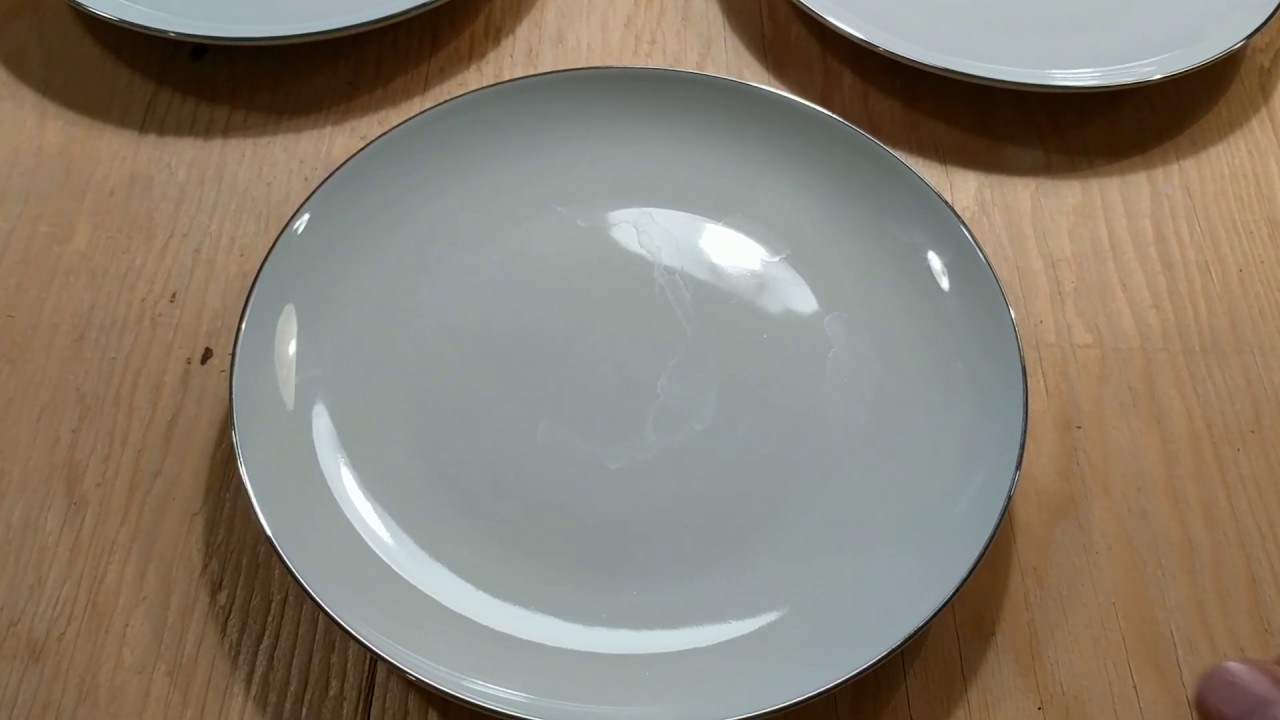
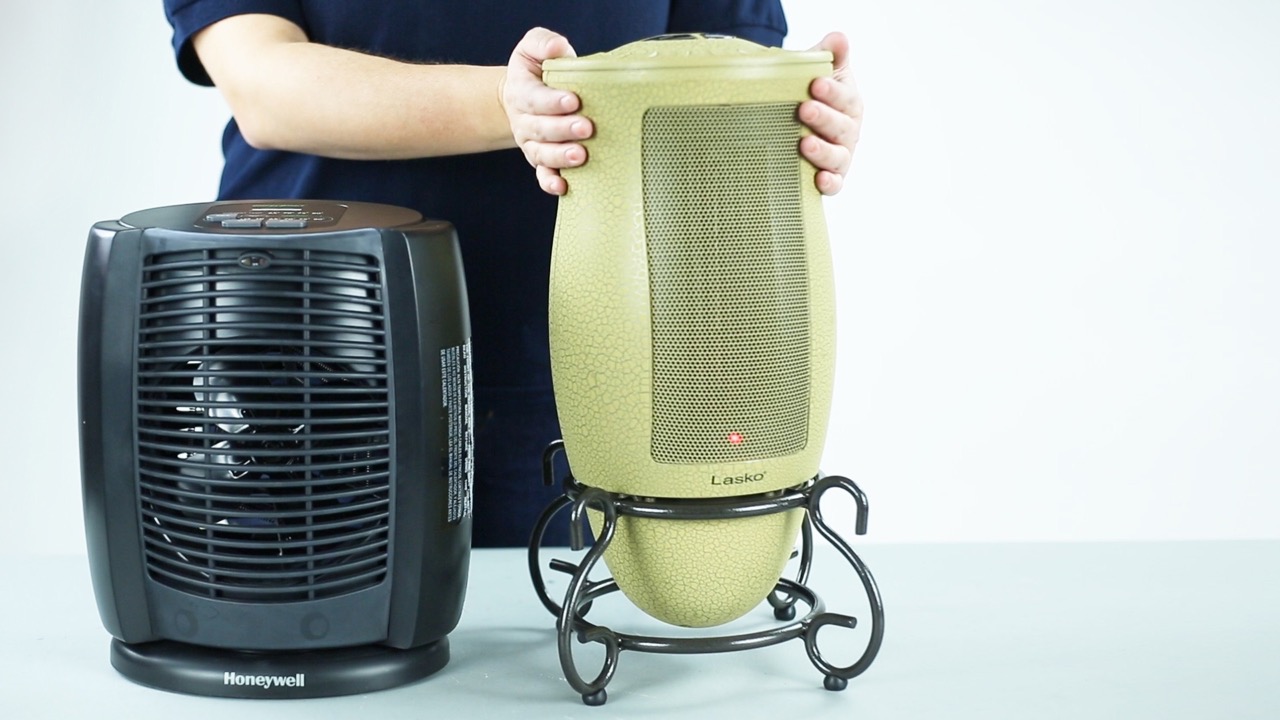
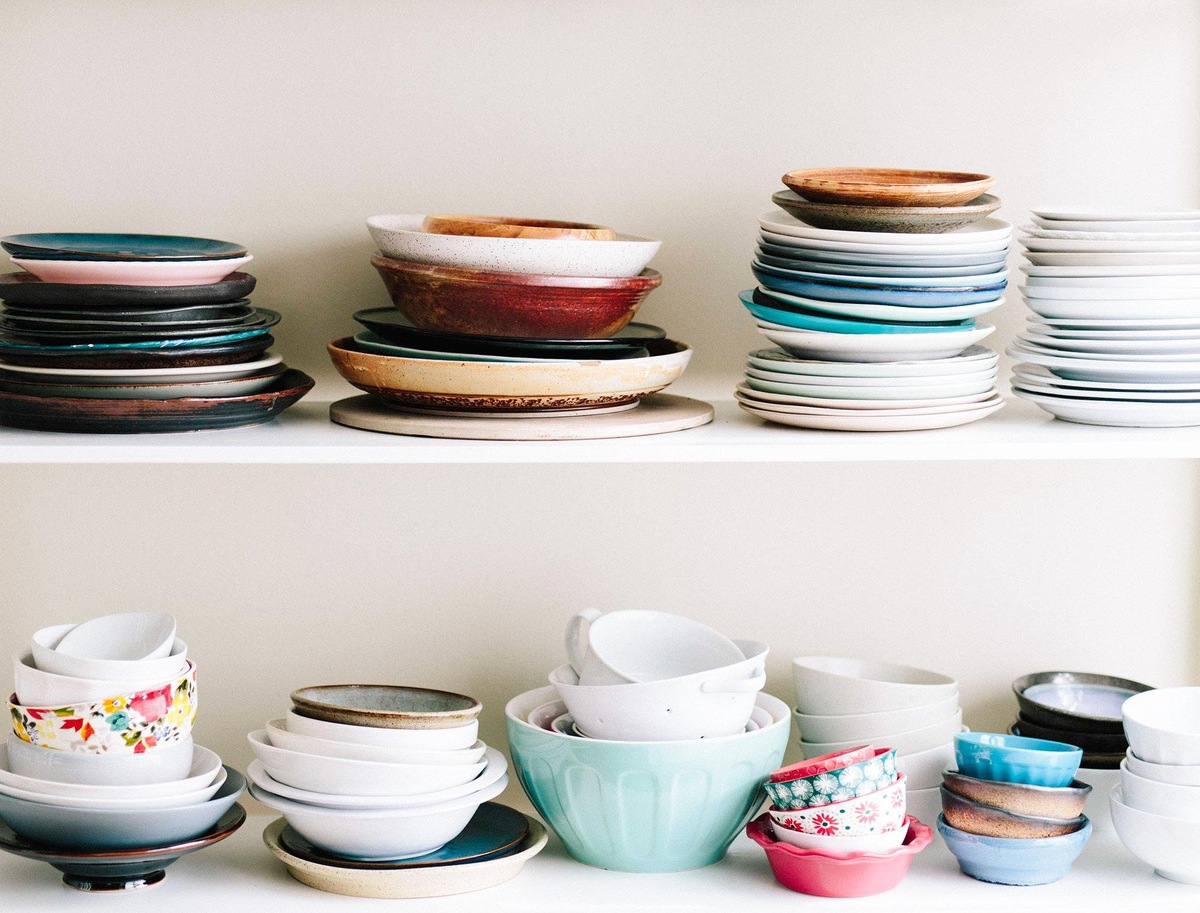
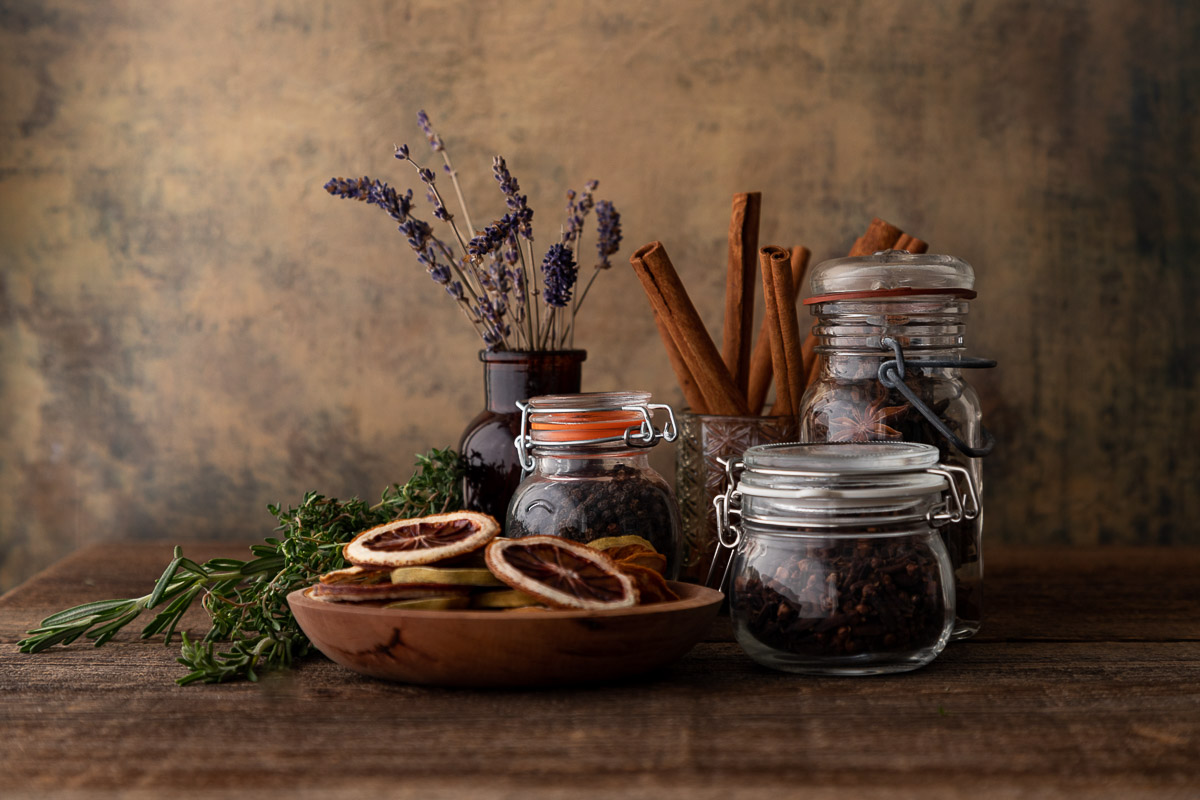
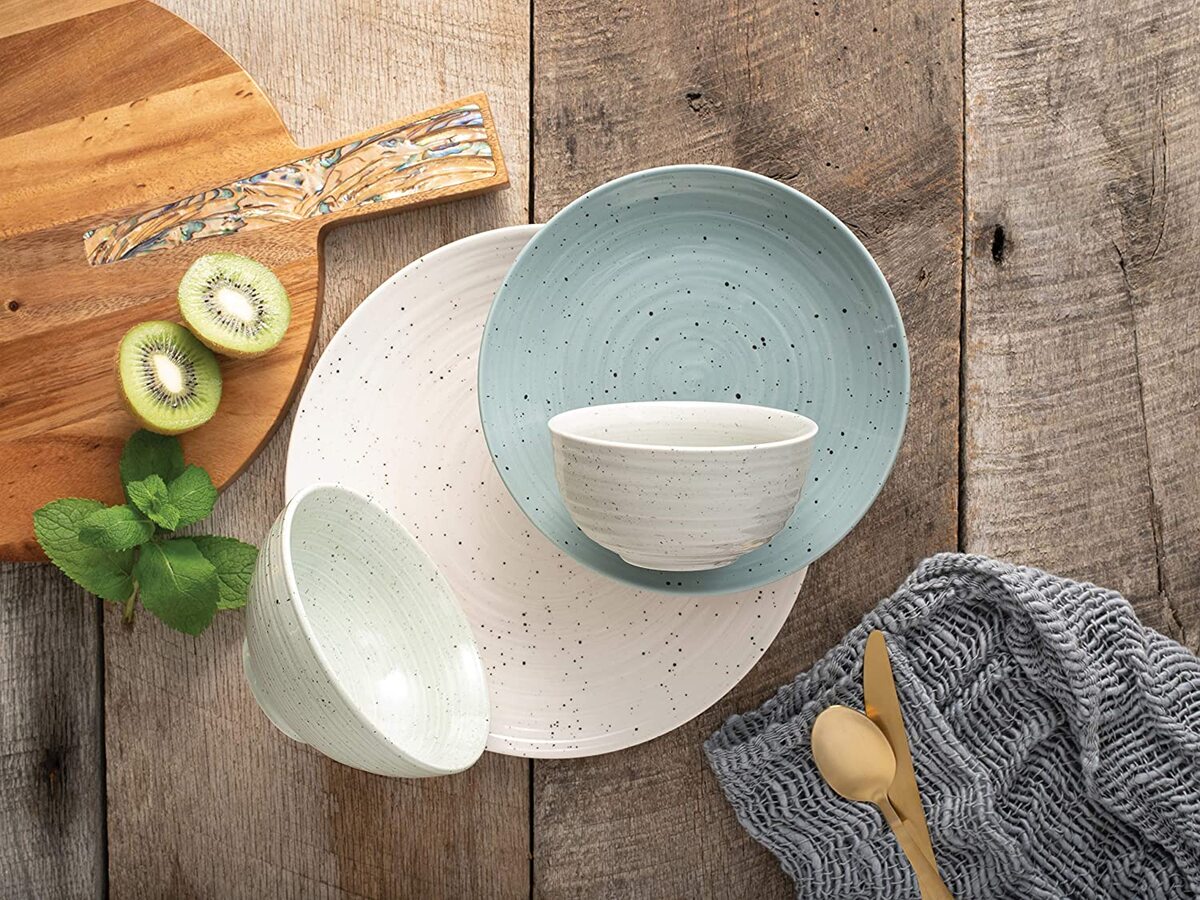
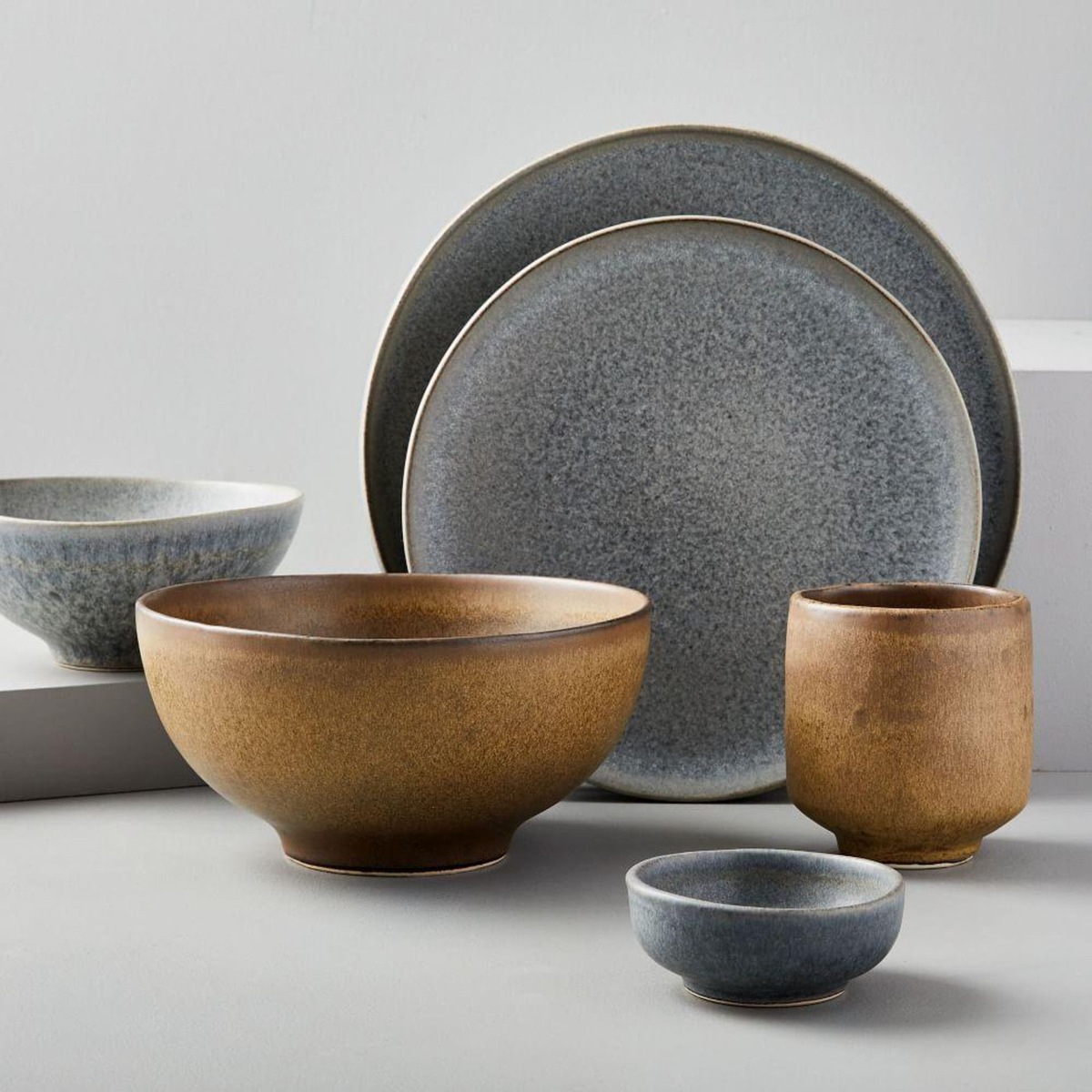
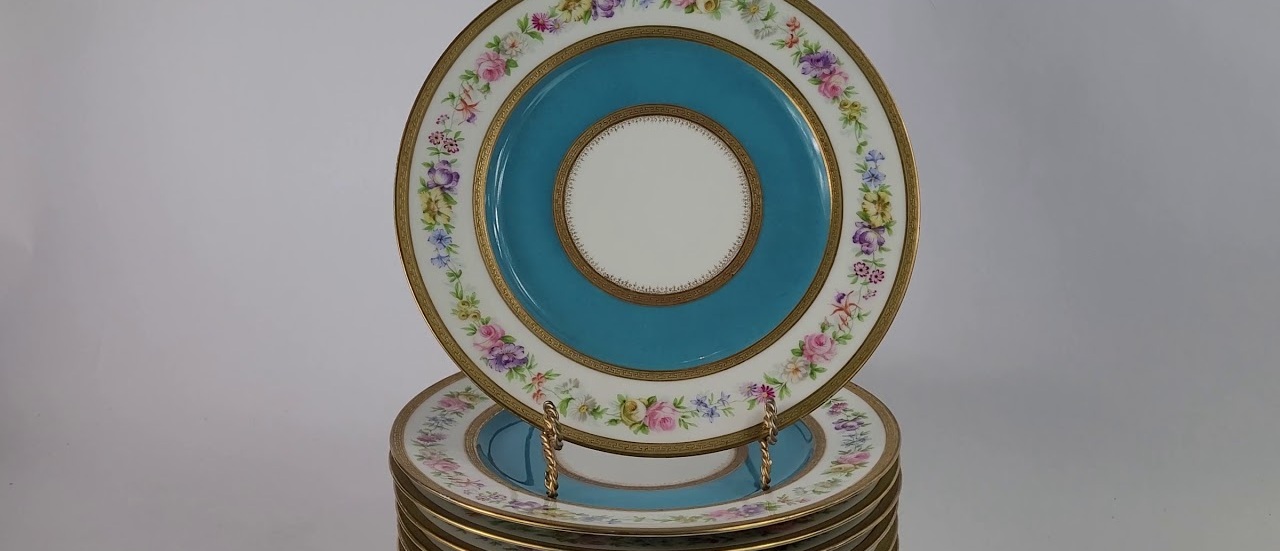
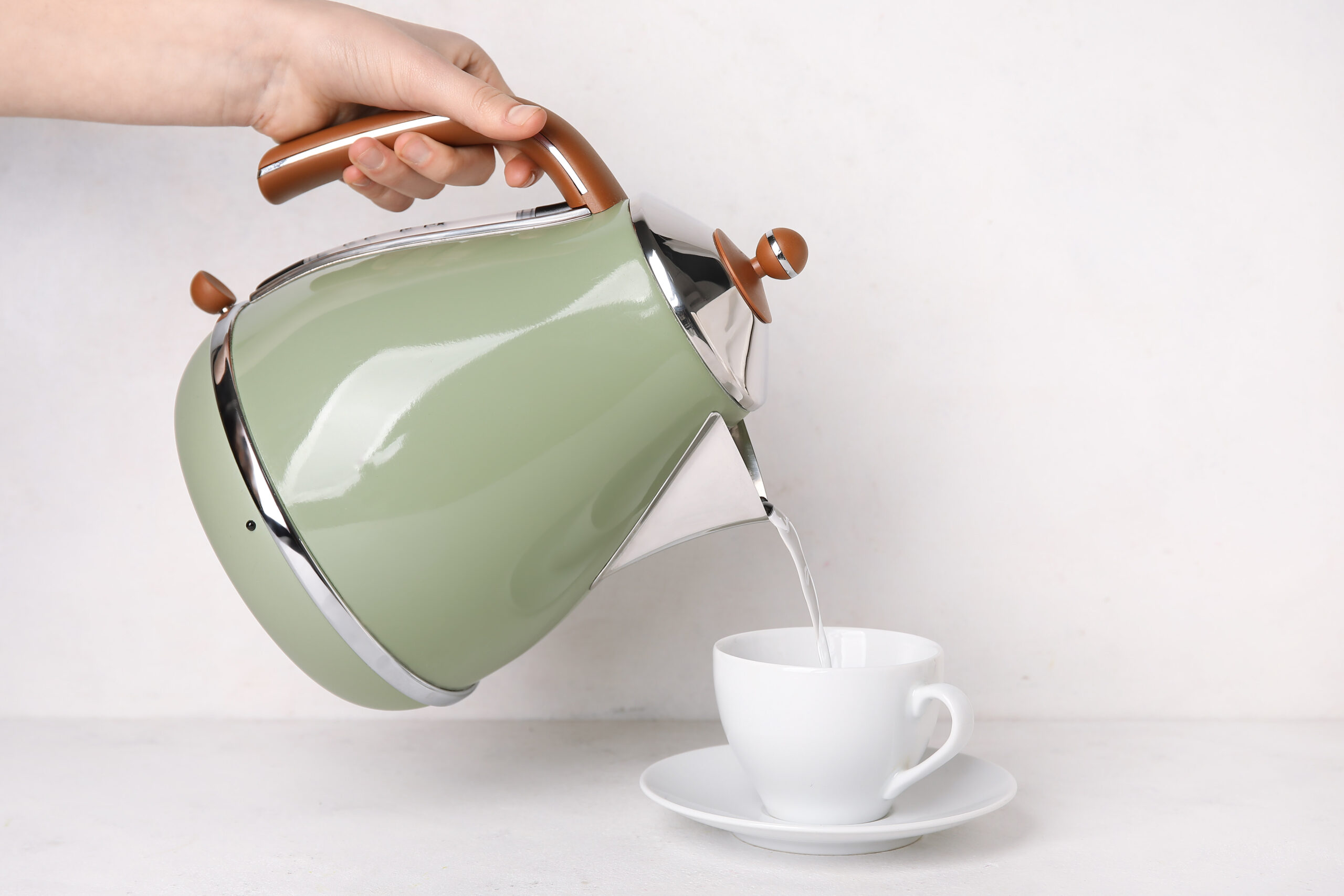
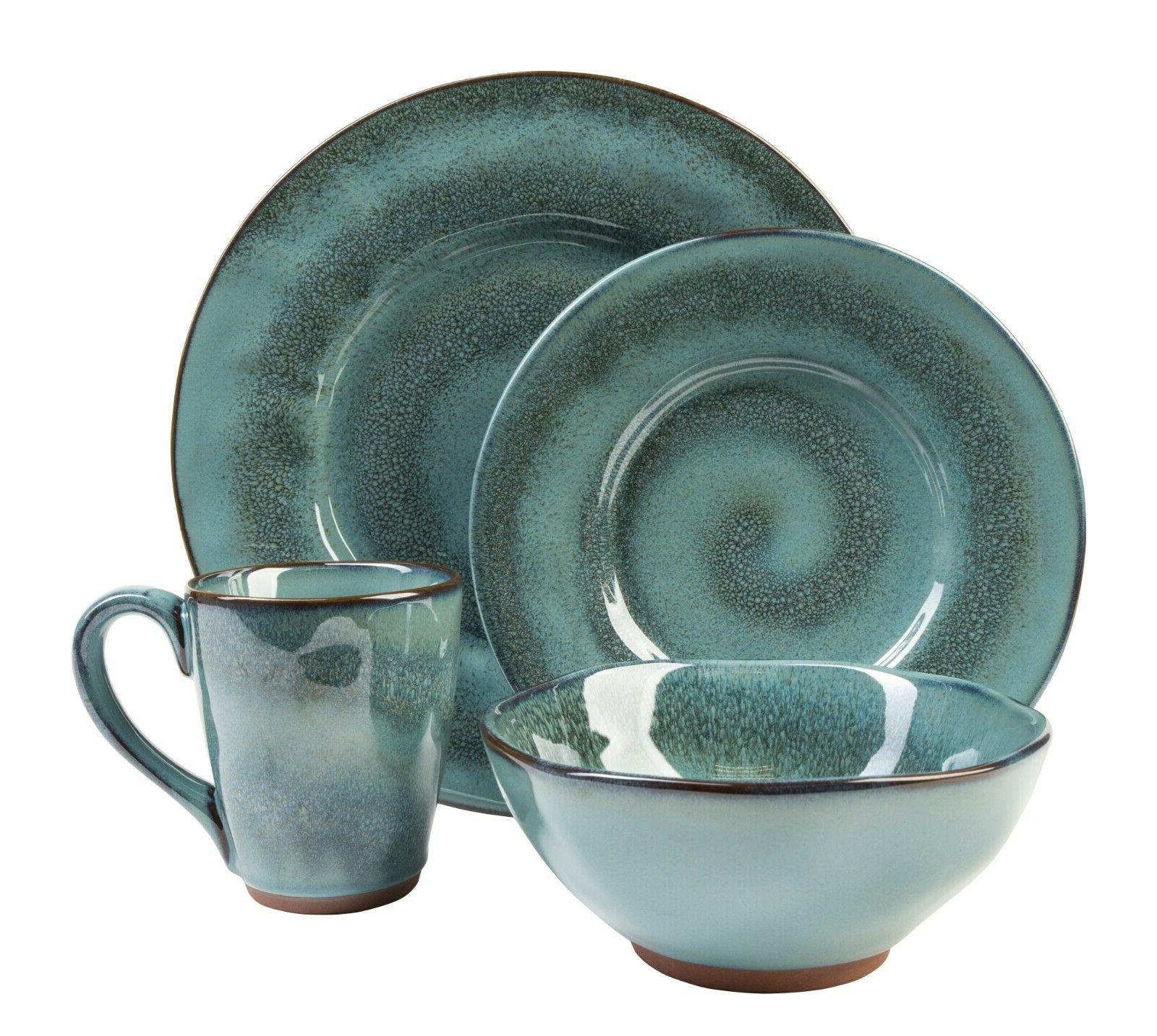
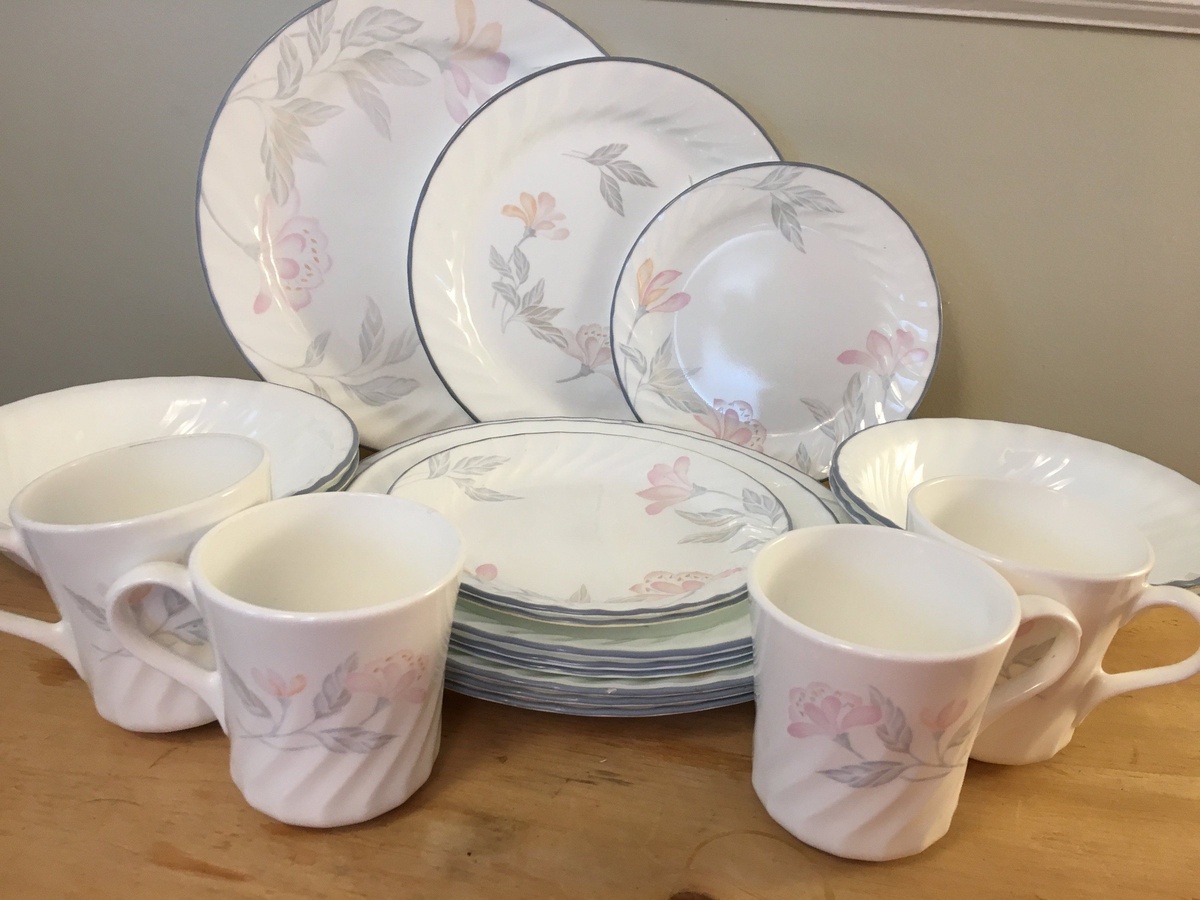
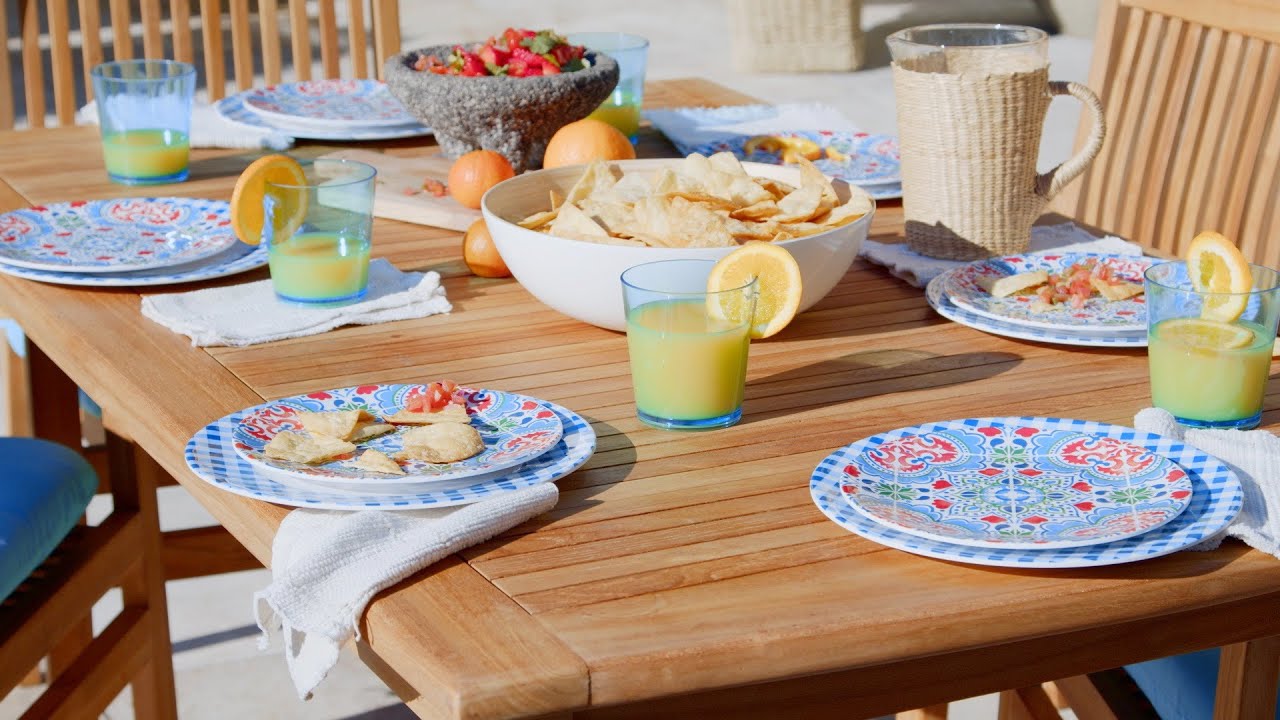
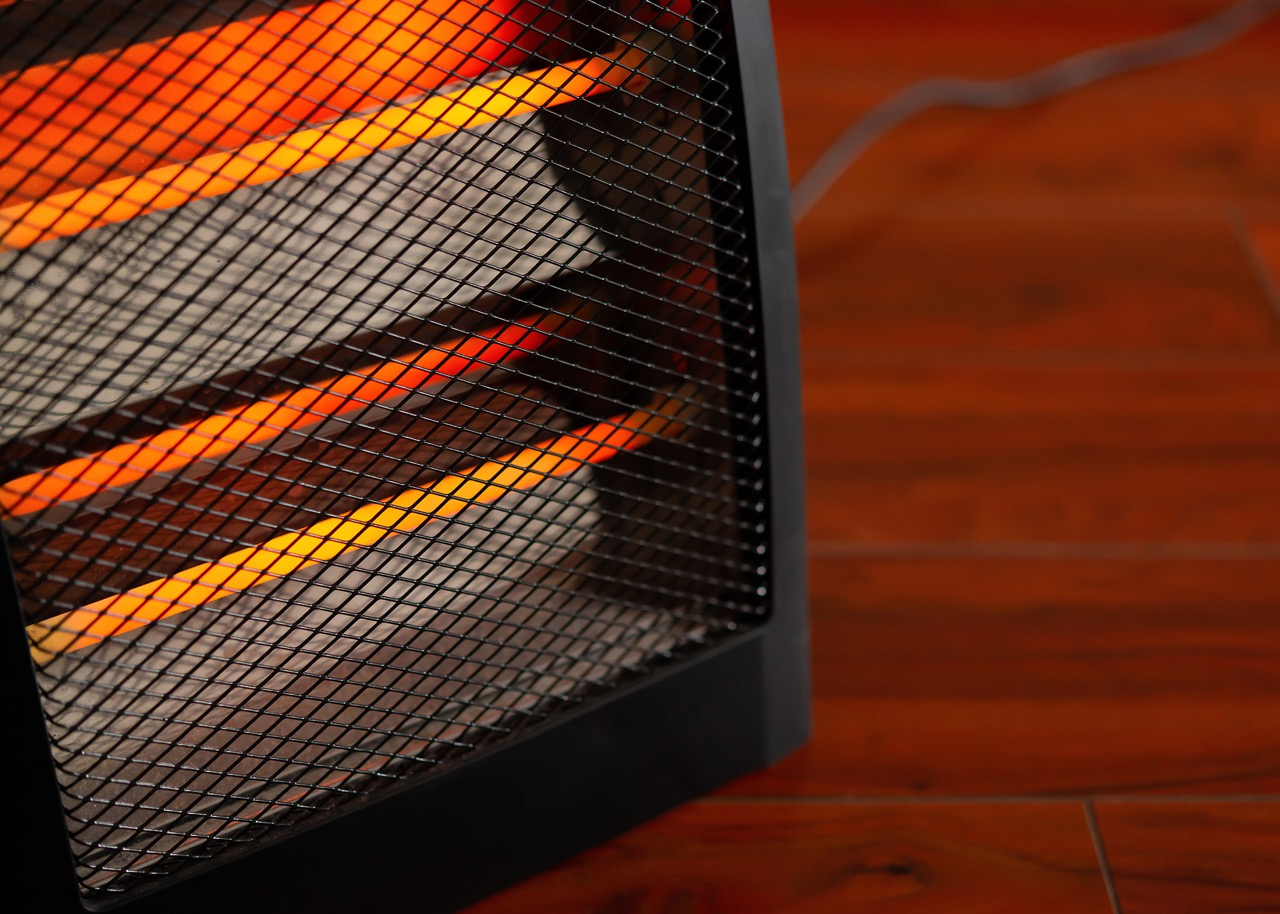
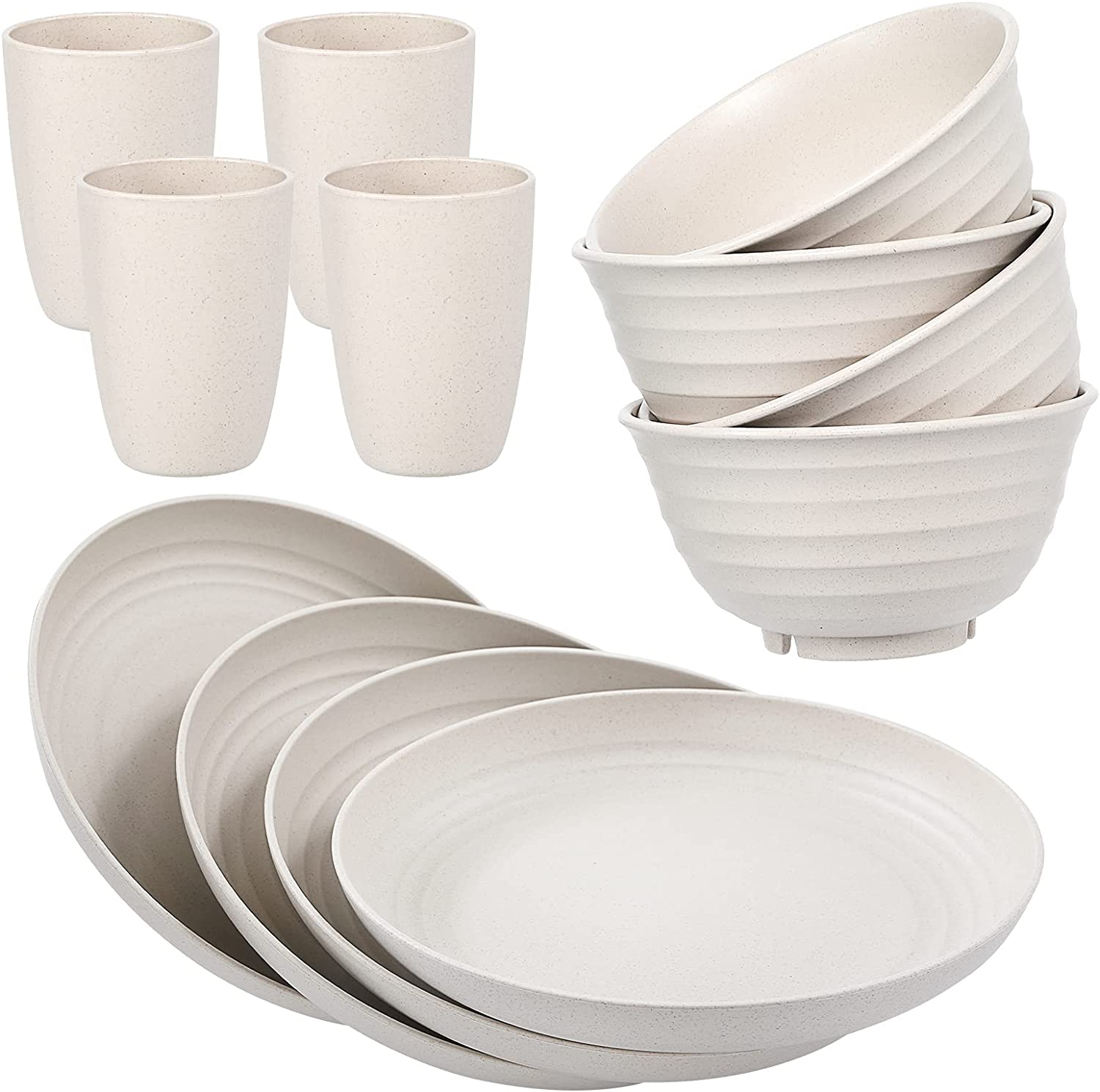
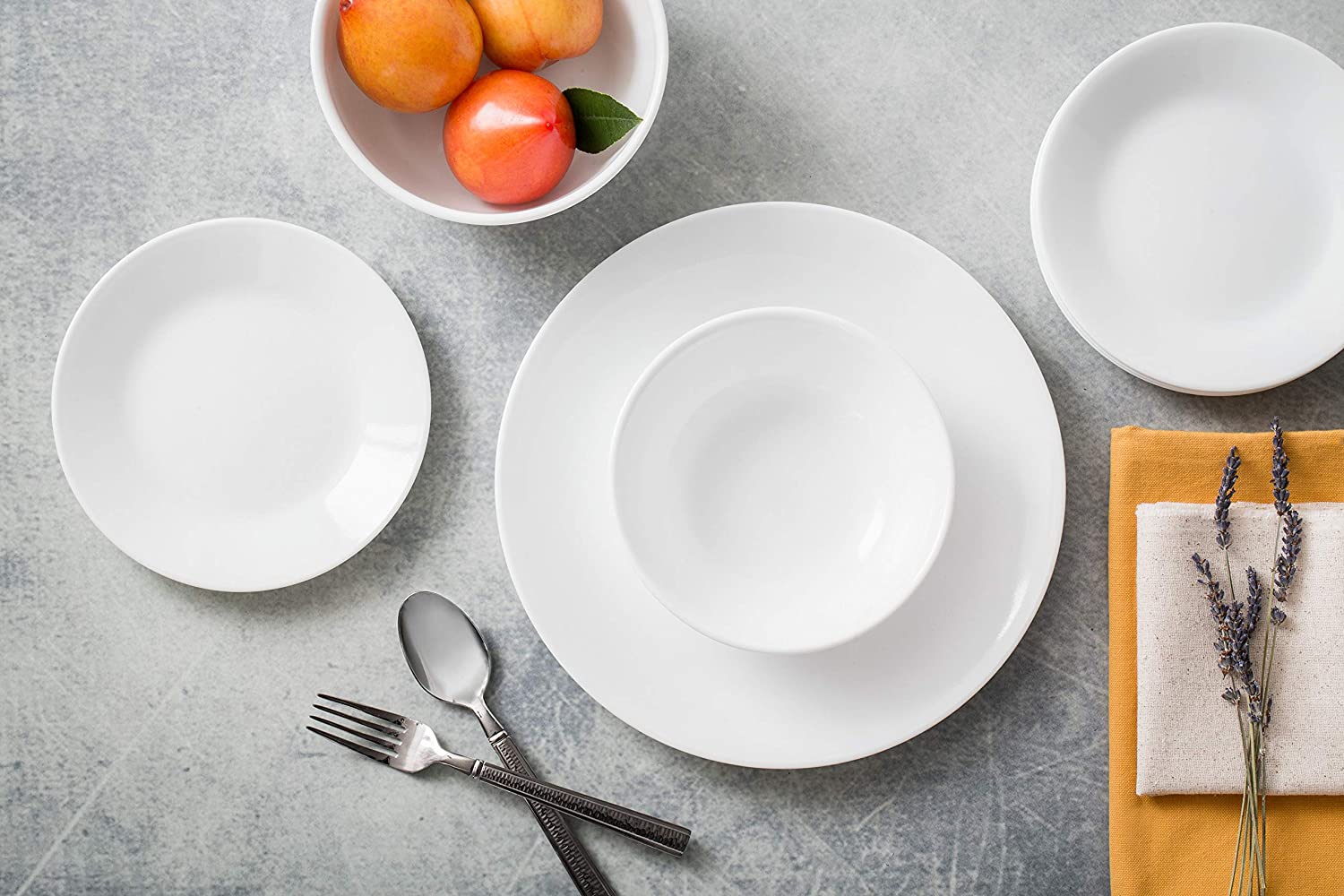

0 thoughts on “What Is The Safest Material For Dinnerware?”